Automatic slitter: a key function to improve production efficiency
As a key equipment in modern manufacturing, automatic slitting machine has significantly improved production efficiency and accuracy through intelligent technology. Here are its core features and benefits to improve productivity:
1. High-precision slitting control
• Servo drive system: high-response servo motor and precision ball screw are used to ensure that the cutting accuracy can reach ±0.1mm, reducing material waste.
• Dynamic deviation correction function: real-time monitoring of material position through photoelectric sensors, automatic adjustment of deviation correction, to avoid downtime caused by coil deviation.
2. Intelligent operation and setting
• Human-Machine Interface (HMI): Touch screen control, support parameter presets (such as length, speed, quantity), and switch between different product specifications with one click.
• Recipe storage: Hundreds of process recipes can be stored, which can be quickly recalled and reduce changeover time (e.g. only 1 minute for switching from film to paper).

3. Efficient and automated processes
• Automatic feeding/rewinding: Equipped with an inflatable shaft or mechanical chuck, it realizes fully automatic coil change and reduces manual intervention.
• In-line production: Seamless connection with upstream (printing machine) and downstream (packaging machine) equipment to form a continuous production line, and the efficiency is increased by more than 30%.
4. Adaptive cutting technology
• Visual Identification System: Identification of material marks or defects via CCD camera and automatic adjustment of the cutting position (e.g. avoiding the edge of the printed pattern).
• Pressure adjustment: Automatically adjust the tool pressure according to the material thickness (e.g. 0.1mm film vs 1mm cardboard) to extend tool life.

5. Real-time monitoring and early warning
• IoT remote monitoring: Sensors capture equipment status (temperature, vibration, blade wear) to predict maintenance needs and reduce unplanned downtime.
• Alarm system: abnormal conditions (such as material breakage, material blockage) trigger sound and light alarms, and push to the mobile APP, the response time is shortened by 70%.
6. Energy efficiency and sustainability
• Inverter technology: adjust the motor power on demand, reducing energy consumption by 15%-20%.
• Scrap recycling: Integrated scrap suction automatically collects leftovers to keep the work area clean.

7. Modular design
• Quick tool change system: Round or flat knives can be changed without tools, adapting to different materials (e.g. metal foils, non-woven fabrics).
• Scalability: Optional functional modules such as drilling, coding, and slitting can be selected to meet customized needs.
Examples of application scenarios
• Lithium battery separator slitting: the accuracy is required to be ±0.05mm, and the dust-free environment is adaptable.
• Food packaging rolls: slitting speed up to 1500 meters per hour, in line with FDA hygiene standards.
summary
Through the three core competencies of precise control, intelligent optimization and seamless integration, the automatic slitting machine improves the traditional slitting efficiency by 50%-200%, while reducing labor costs by more than 30%. When selecting a model, the company needs to combine the material characteristics (tension sensitivity, thickness) and the cycle time requirements to select the appropriate automation configuration. Future trends will focus on AI-driven adaptive process optimization and digital twin simulation commissioning.
Recent Post
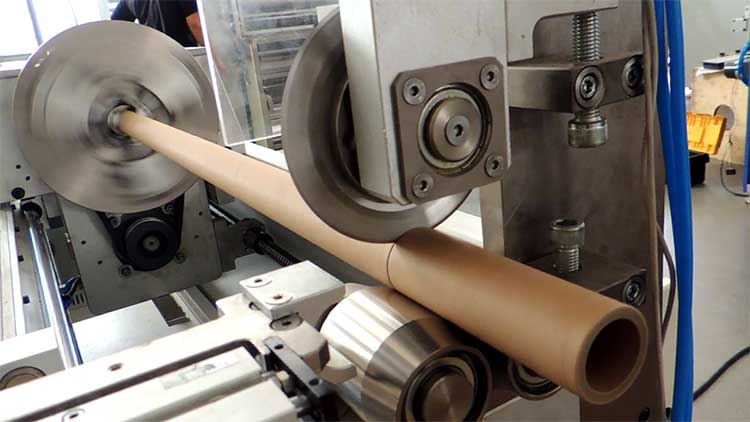 Efficient and precise! Analysis of the core functions of the paper tube cutter22. April, 2025
Efficient and precise! Analysis of the core functions of the paper tube cutter22. April, 2025 Analysis of the core functions of the slitting machine: automatic deviation correction, tension control and waste edge recovery19. April, 2025
Analysis of the core functions of the slitting machine: automatic deviation correction, tension control and waste edge recovery19. April, 2025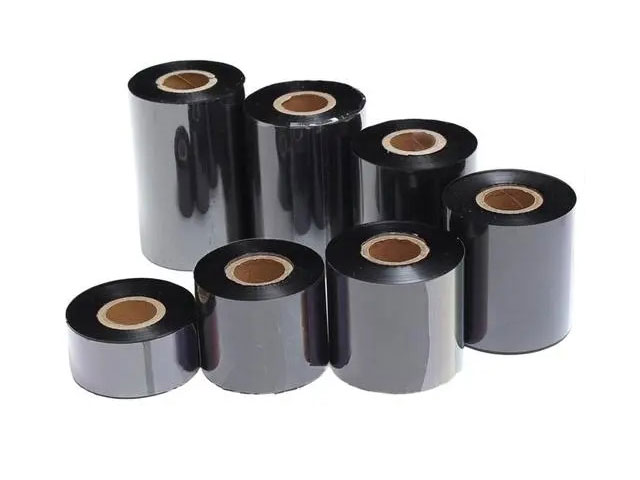 Why Choose Automatic Ribbon Slitting Machine? Precision, speed and stability16. April, 2025
Why Choose Automatic Ribbon Slitting Machine? Precision, speed and stability16. April, 2025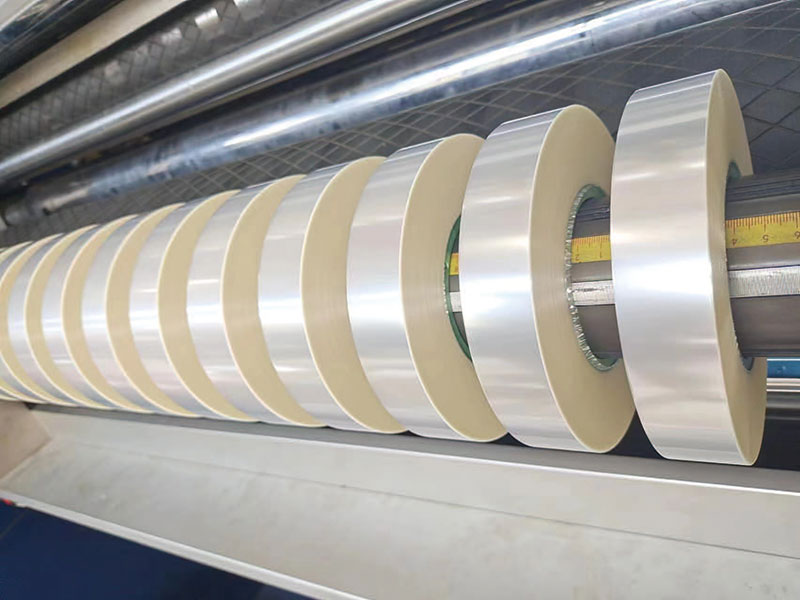 Tension control + automatic deviation correction: the secret of the stable operation of the film slitting machine14. April, 2025
Tension control + automatic deviation correction: the secret of the stable operation of the film slitting machine14. April, 2025
 Fully Automatic TTR Slitter RSDS8 Plus
Fully Automatic TTR Slitter RSDS8 Plus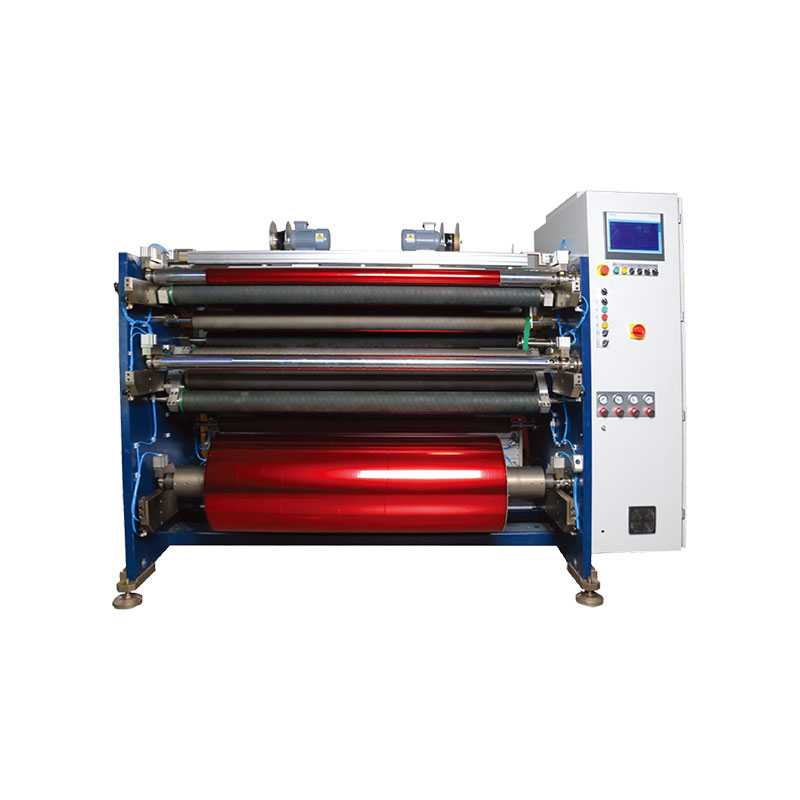 Hot Stamping Foil Slitter 1600mm
Hot Stamping Foil Slitter 1600mm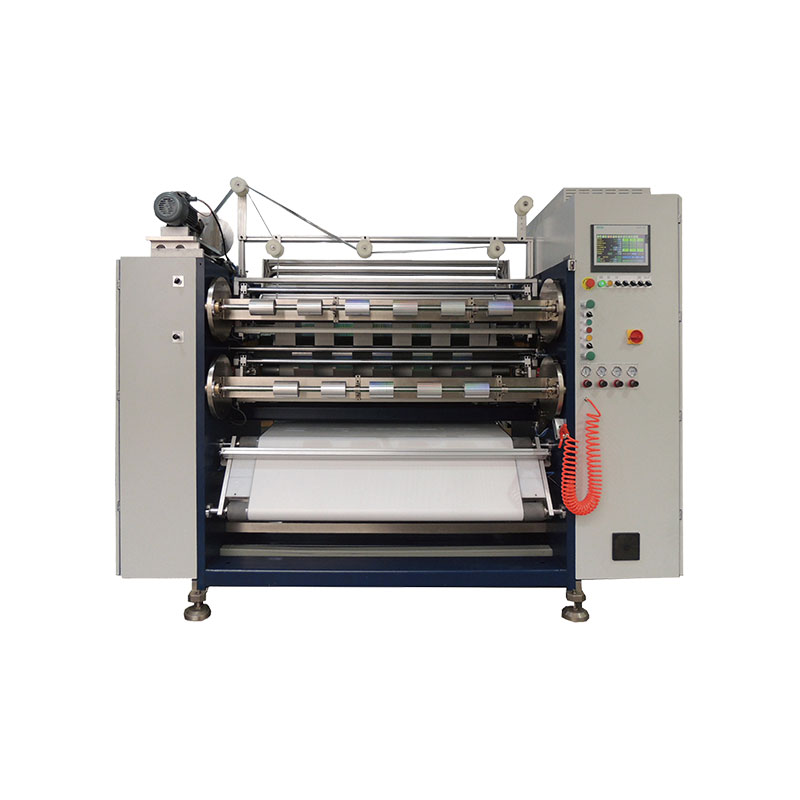 Hot Stamping Foil Slitter (4 Shafts)
Hot Stamping Foil Slitter (4 Shafts)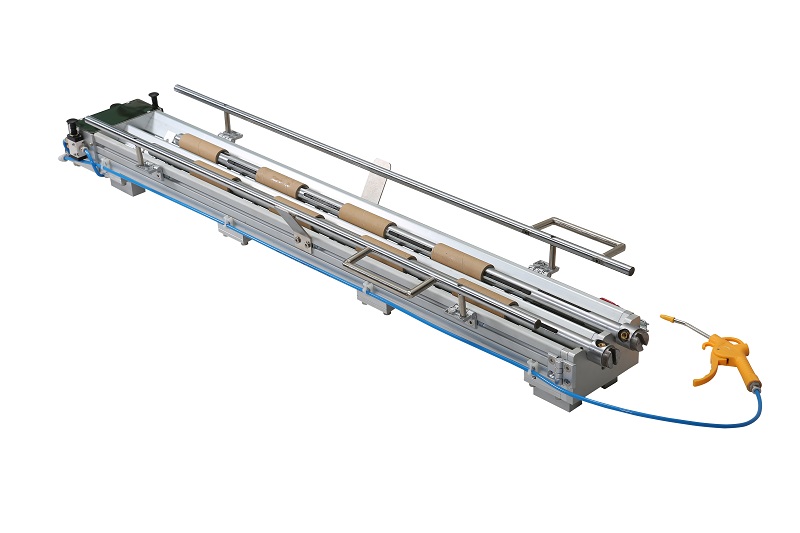 Paper Core Loading Machine
Paper Core Loading Machine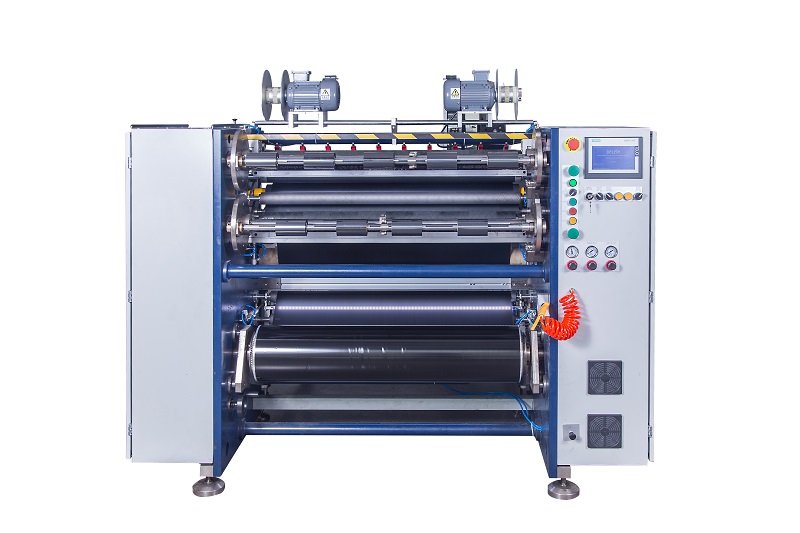 Semi-Auto TTR Slitter RSDS2 Plus
Semi-Auto TTR Slitter RSDS2 Plus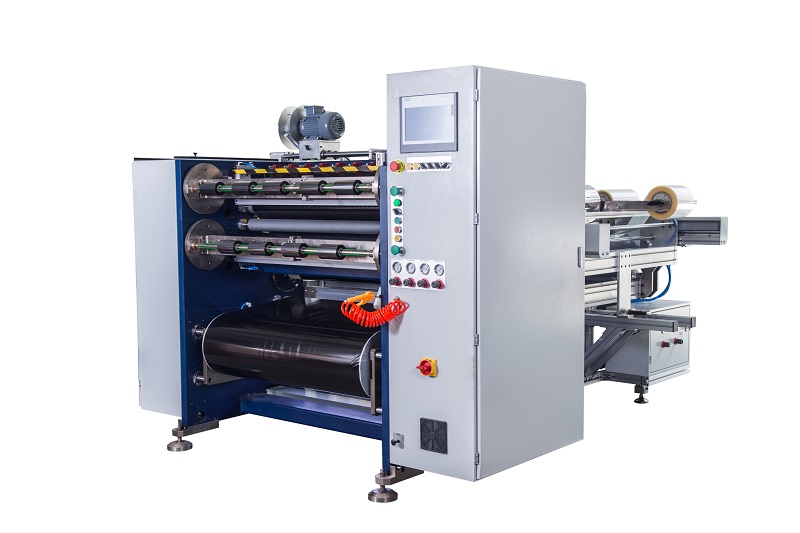 Semi Automatic TTR Slitter RSDS5 Plus
Semi Automatic TTR Slitter RSDS5 Plus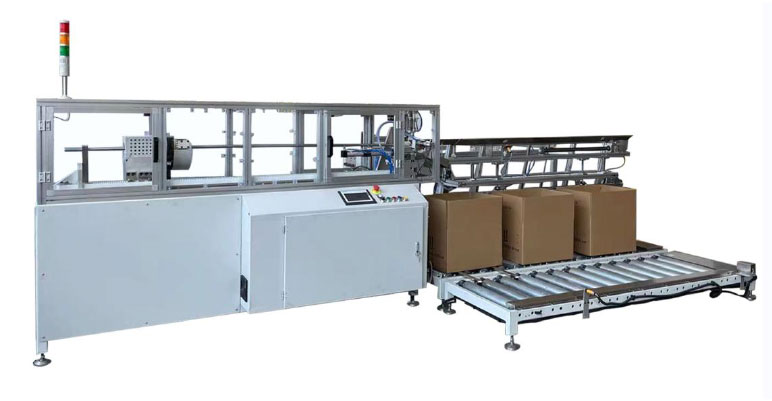 Auto Paper Core Cutter
Auto Paper Core Cutter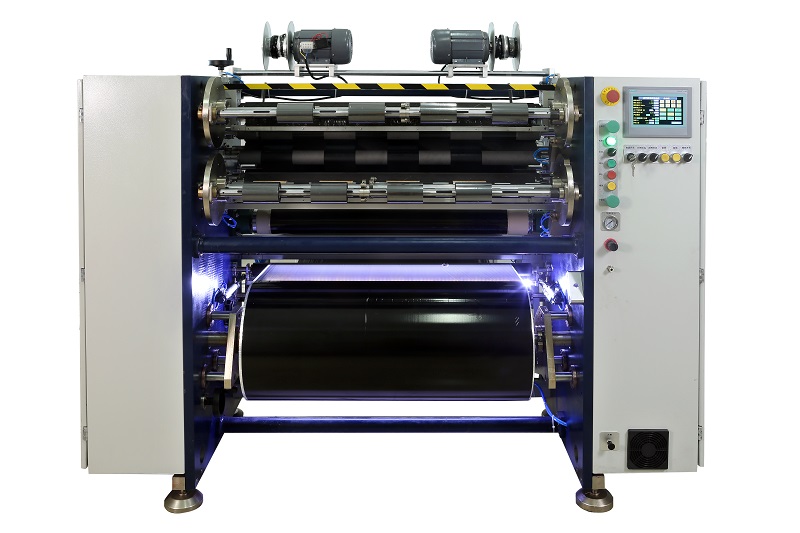 Manual TTR Slitter RSDS2
Manual TTR Slitter RSDS2





